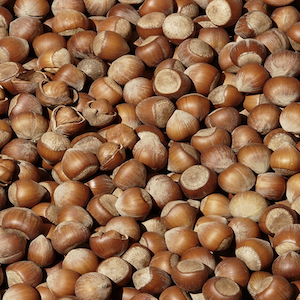Assessing the impact of the COVID-19 pandemic on hazelnut production

HTML: 105
All claims expressed in this article are solely those of the authors and do not necessarily represent those of their affiliated organizations, or those of the publisher, the editors and the reviewers. Any product that may be evaluated in this article or claim that may be made by its manufacturer is not guaranteed or endorsed by the publisher.
This study examines the effects of the COVID-19 pandemic on hazelnut cultivation. Data were obtained from 196 hazelnut farmers in Turkey. Farmers’ socioeconomic characteristics and satisfaction with COVID-19 precautions are compared by geographical region. Exploratory factor analysis is used to examine the impact of COVID-19, with comparisons made before and during the pandemic via a paired-sample t-test. The results indicate that, despite having similar socioeconomics and farm assets, farmers in Ordu and Sakarya were differently affected by the COVID-19 pandemic. Fertilization costs increased by 60.5%, pesticide costs by 64.4%, and labor wages by 19.1% during the COVID-19 pandemic, whereas hazelnut sales prices only increased by 5.2%. Overall, the impact of COVID-19 can be explained across 4 dimensions: timing issues, increase in input prices, inability to access financial resources and logistics issues. To generalize the results, it may be appropriate to select similar farmers in different regions and compare monetary values in real terms. In particular, farmers’ increased interest in digital resources due to the pandemic should be considered an opportunity for digital transformation in agricultural extension.
How to Cite

This work is licensed under a Creative Commons Attribution-NonCommercial 4.0 International License.
PAGEPress has chosen to apply the Creative Commons Attribution NonCommercial 4.0 International License (CC BY-NC 4.0) to all manuscripts to be published.

 https://doi.org/10.4081/ija.2023.2192
https://doi.org/10.4081/ija.2023.2192



